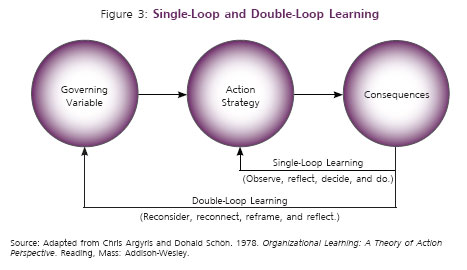For those who know me well, they will know I keep bees. Last week I caught the first swarm of the year in a tree in the local town – which was very satisfying. I also have another blog at http://beelore.com In one of my posts on that blog last year I noted the amazing way that bees vote for a new home. This research even has its own site
Funny thing is that in the UK we have to decide between the current so-called “First Past the Post” system and the “Alternative Voting System”. Pretty bi-polar. Pretty bonkers.
What would the bees do? The scouts would look at many and several voting systems and would (depending on the amount of energy exhibited for each system) come back to the 95% in the swarm and dance the story with a waggle.
It is such a strong idea that a guy called Thomas.D. Seeley actually wrote a book about it last year called “Honeybee Democracy”.
Here is extract from a review:
“In the late spring and early summer, as a bee colony becomes overcrowded, a third of the hive stays behind and rears a new queen, while a swarm of thousands departs with the old queen to produce a daughter colony. Seeley describes how these bees evaluate potential nest sites, advertise their discoveries to one another, engage in open deliberation, choose a final site, and navigate together–as a swirling cloud of bees–to their new home. Seeley investigates how evolution has honed the decision-making methods of honeybees over millions of years, and he considers similarities between the ways that bee swarms and primate brains process information. He concludes that what works well for bees can also work well for people: any decision-making group should consist of individuals with shared interests and mutual respect, a leader’s influence should be minimized, debate should be relied upon, diverse solutions should be sought, and the majority should be counted on for a dependable resolution.”
So I vote for a new kind of democracy based on 50 million years of wisdom! The trouble is, I don’t think such an option will be on the ballot paper in the UK elections this Thursday! I am still not sure whether AV is a step in the right direction – but it seems to be closer to the system that the bees have developed than the current First-Past-The-Post system.
If the internet age is going to really impact democracy in a useful way, then the Delphi Method is a much closer match with what the bees do than the currently proposed AV system. Here is an extract from Wikipedia:
The Delphi method (pronounced /ˈdɛlfaɪ/ DEL-fy) is a structured communication technique, originally developed as a systematic, interactive forecasting method which relies on a panel of experts.
In the standard version, the experts answer questionnaires in two or more rounds. After each round, a facilitator provides an anonymous summary of the experts’ forecasts from the previous round as well as the reasons they provided for their judgments. Thus, experts are encouraged to revise their earlier answers in light of the replies of other members of their panel. It is believed that during this process the range of the answers will decrease and the group will converge towards the “correct” answer. Finally, the process is stopped after a pre-defined stop criterion (e.g. number of rounds, achievement of consensus, stability of results) and the mean or median scores of the final rounds determine the results.
Other versions, such as the Policy Delphi, have been designed for normative and explorative use, particularly in the area of social policy and public health. In Europe, more recent web-based experiments have used the Delphi method as a communication technique for interactive decision-making and e-democracy.
The outstanding issue for me is how do we reform democracy quickly and effectively to keep pace with the challenges the planet faces? The bi-polar choice we have been given in the UK elections avoids the issue of how we reshape the Western democratic system to become much better at decision making. I would vote for the bees or the Delphi system over any First-Past-The-Post or AV system. But this Thursday we are not being given that choice! All of your thoughts gratefully received!












